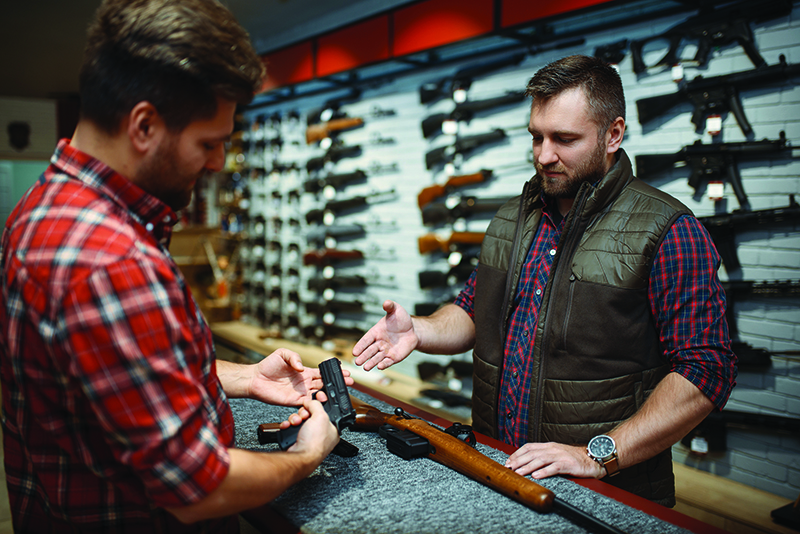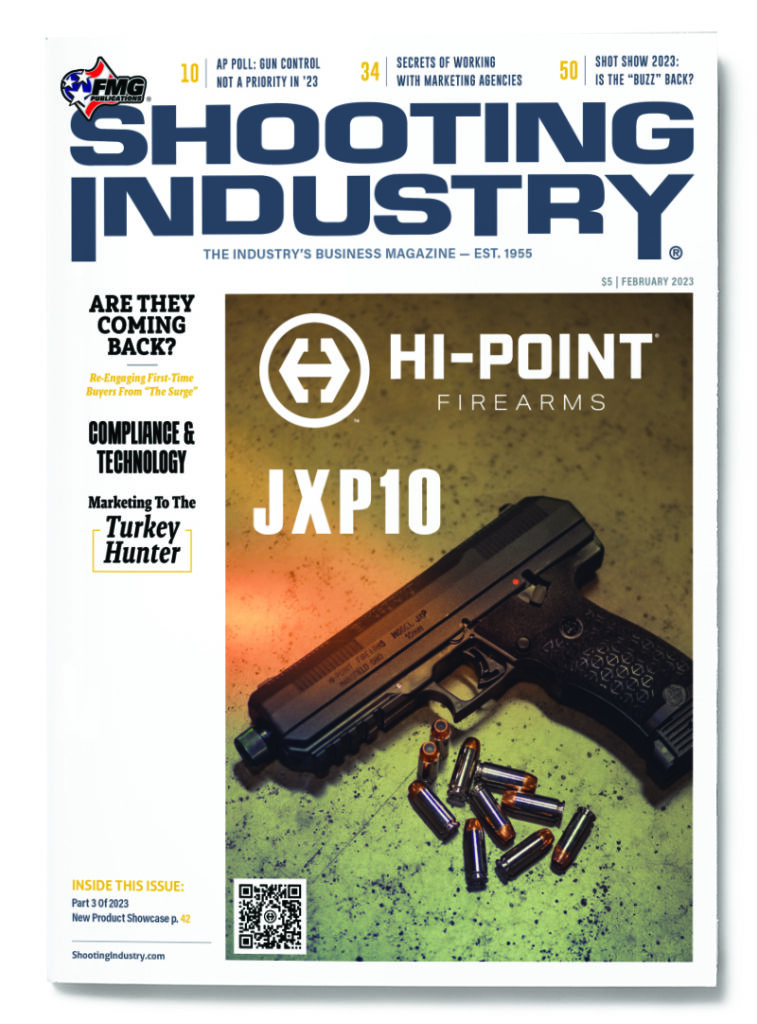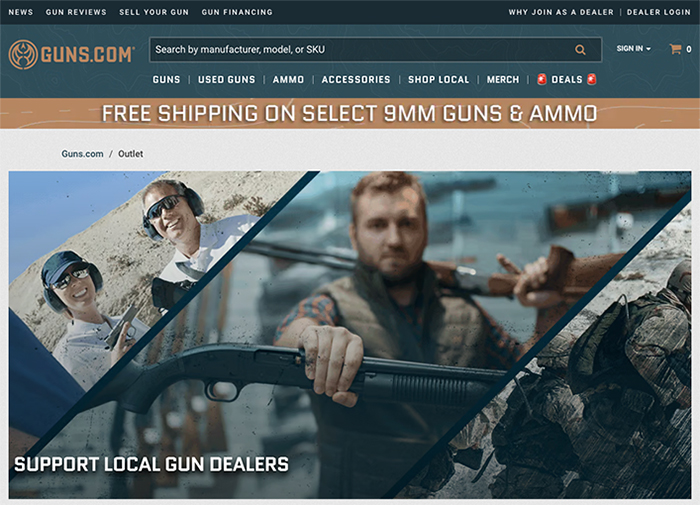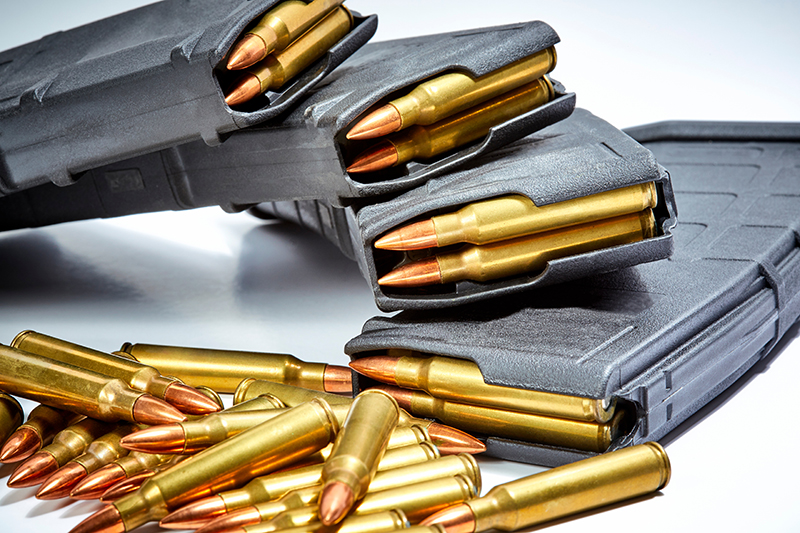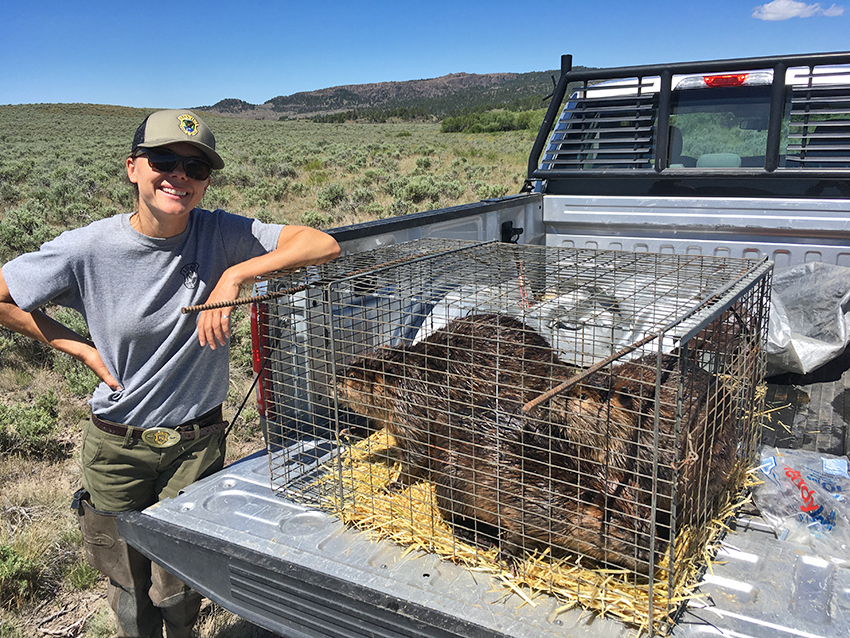Are they coming back
Re-Engaging First-Time Buyers From “The Surge”
It’s well established the events of 2020 and 2021 propelled an unprecedented number of novice firearm shoppers through the doors of gun stores across the nation.
In 2021 alone, it’s estimated nearly 5.5 million newbies snapped up their first firearm.
Two years later, there are a number of lingering issues surrounding these first-timers. Perhaps none is bigger than the simple question: Are they coming back?
It’s not necessarily an easy question to answer when you’re managing a gun store. You and your employees see hundreds or thousands of faces any given week. Certainly, you recognize regulars, but remembering who first showed up during a time of chaos is difficult, at best.
Dave Larsen, owner of Doug’s Shoot’n Sports in Salt Lake City, certainly recalls the flood of buyers shaken by civil unrest and calls to defund the police. It was a wake-up call, he said, that forced people to consider how they would protect themselves and their families. He can’t put a number on it, but he knows many of them have come back.
“A lot of those customers are coming back and bringing their friends,” Larsen observed. “I don’t know whether most of them have become major gun enthusiasts, but they’ve all become more aware of their rights and their obligations as gun owners.”
Of course, there’s no way to guarantee any of these newbies — many of them previously anti-gun — will become repeat customers, but there are ways your store can encourage them. Let’s look at a few.
“Some of these people have never even taken their gun out of the box. And really, they are great customers because they have no bad habits.”
Jillian Biltz, Co-owner
Mad Dog Armory • Tampa, Fl.
Training & Education
Jillian Biltz is co-owner of Mad Dog Armory, with locations in Tampa and Largo, Fla. She estimates at least half of her new customers from the past couple of years have come back at least once.
Among the keys, she contends, is helping the newbies embrace their purchases. There’s been a worry among many in the industry that most of these guns were taken home and tossed in a bedside nightstand — never to be touched again. Considering many of these guns were purchased during COVID — when many ranges were shut down — it’s fair to wonder how many of these customers even know how to use their guns.
“Now it’s just sitting there, and they didn’t do anything with it,” Biltz suggested. “They’re still scared of it.
To counter this, Mad Dog Armory has long-stressed training and education for customers, particularly the ones who are new to gun ownership. They offer beginner’s classes with an introduction for those starting at zero.
“Some of these people have never even taken their gun out of the box,” she said. “And really, they are great customers because they have no bad habits.”
From there, customers can move on to more advanced classes, and private instruction, as they learn more. But it’s important, she argued, to make sure students are in the right class.
“You don’t want someone who has experience to sit in a class with someone who needs 10 minutes to load a magazine,” she warned. “It’s just frustrating for other people in the class if they’re not on the same level.”
Now with business closer to “normal,” the shop is striving to get more of its first-time customers — including those who missed out during the COVID shutdowns — into classes and monthly shooting clubs sponsored by the store. The latter offers a chance for new shooters to socialize with more experienced shooters and to be introduced to a wide range of shooting topics.
At Doug’s Shoot’n Sports, Larsen also sees training and education as key to ensuring customers will enjoy what they’re doing and keep coming back.
To make the point, he tells the story of buying his son a guitar for Christmas a few years ago. He ended up with a nice instrument, but limited knowledge about what to do with it.
“My son knew how to pull it out of the case, plug it in and make some noise. He learned a couple chords, but he didn’t know how to play it,” Larsen said. “And that’s where most people stop with their guns.”
The right instruction, Larsen argued, can change the entire experience for the shooter. This emphasis forms the foundation of Doug’s Shoot’n Sports’ basic First Steps class.
At Target Shooting Solutions, in Avondale, Pa., the training calendar is a regular reference for new customers.
“We talk to them, person to person, to offer a breakdown of all the training classes we offer so they might find something they’re interested in,” confirmed Steve Pavolic, general manager.
Those classes are also routinely promoted in email blasts, which include course highlights and photos, sent to the 40,000 or so customers in the store’s database.
Fresh Inventory
Many of the first-timers came into the industry at a time of incredible demand. Often, their shopping choices were dictated by sparsely populated shelves. This raises the potential to re-engage customers who didn’t get their original first choice, or who simply want something different than what they bought.
With the demand crunch now over, it has become much easier to offer a broad inventory of options. This can help draw more of those customers back, Pavolic noted.
“I think the trick is being as current as possible,” he said, adding customers are often looking for something that caught their eye. “Maybe they saw it in a movie or in a video game. It’s just something that looks cool to them.”
With more than 4,000 guns in stock, Larsen says inventory levels at his Utah store are better now than at any other time. And with it has come customers looking for something different.
It’s not necessarily they think they “settled” for something two years ago, he added. Rather, they’ve come to understand different guns may have different applications.
“Maybe they’re shooting a little bit and have become a little more of an enthusiast,” he proposed. “Then they realize there are other options out there that may serve them better.”
Typically, they seem less constrained by budget considerations.
“Instead of looking at an entry-level gun, they’re looking for something with a few more features or a little more refinement,” Larsen confirmed.
Now with business closer to “normal,” the shop is striving to get more of its first-time customers — including those who missed out during the COVID shutdowns — into classes and monthly shooting clubs sponsored by the store.
Ammunition Availability’s Impact
If there were a silver lining (and no one is suggesting there is) to the spike in ammo prices, it could be the fact newer customers don’t notice it as much as those who’ve been around the industry longer.
After all, if the first box of 9mm ammo you purchased was for $30, you’d probably be thrilled to see it for less than $20.
“The new people: They honestly don’t know what they don’t know, right?” Biltz agreed.
Still, there’s little doubt ammo prices stand as a potential obstacle for some customers, particularly those whose budgets may prohibit a deeper participation in shooting sports and activities.
Pavolic, from Target Shooting Solutions, is happy to see ammo prices falling again, though he doubts we’ll ever return to pre-COVID levels. The impact is obvious with some customers.
“I’ve seen people come through with a little bit of a sticker shock,” he said. “They didn’t realize guns cost this much, or ammo is as expensive as it is.”
Positive Encounters Key
Helping those new customers feel welcome is another key piece of convincing them to come back. At Target Shooting, this means making sure every customer is treated well.
“We want to give them a good experience in the gun community, where I think a lot of shops can be very standoffish,” Pavolic said.
While store employees have a major impact on creating this welcoming atmosphere, your customers can also play a role.
The shop helps accomplish this through an open floor plan, including a seating area where regular and newbie customers can mingle and chat. Pavolic said it’s routine to see the experienced customers offering words of advice and encouragement.
“The environment really fosters that sort of energy,” he noted.
Larsen often sees a similar dynamic at his Utah store, where experienced shooters are eager to help new shooters struggling with some aspect. Of course, it’s never a bad idea for employees to keep an eye on those interactions.
“Sometimes we may work to separate customers in the showroom, because somebody’s been watching a little too much YouTube and the ‘experienced’ customer is giving another customer terrible advice,” Larsen concluded with a laugh.
When it’s all said and done, there’s an opportunity for growth if your store is successful in re-engaging these first-time buyers from a couple of years ago. It’s never too late to try.

